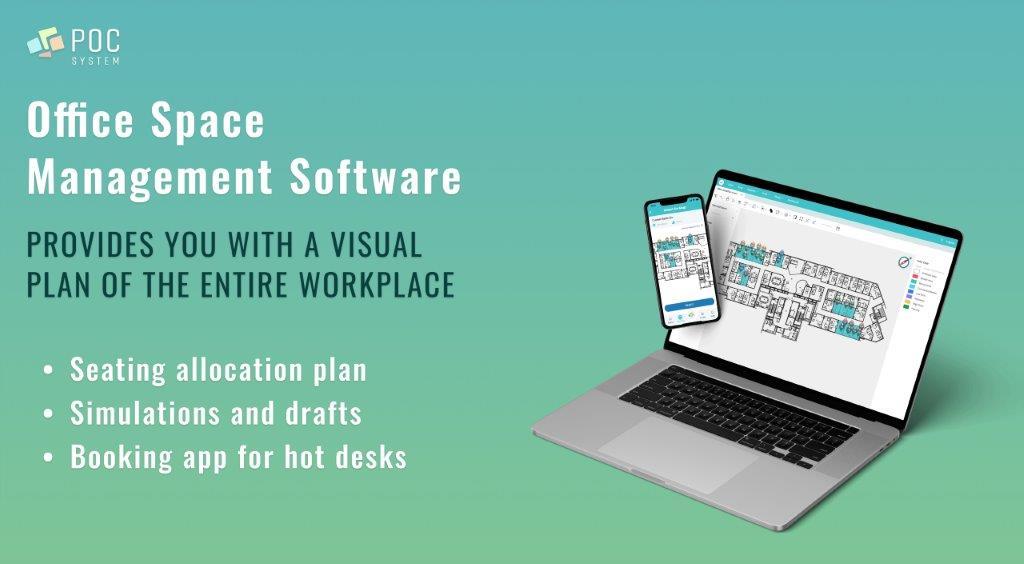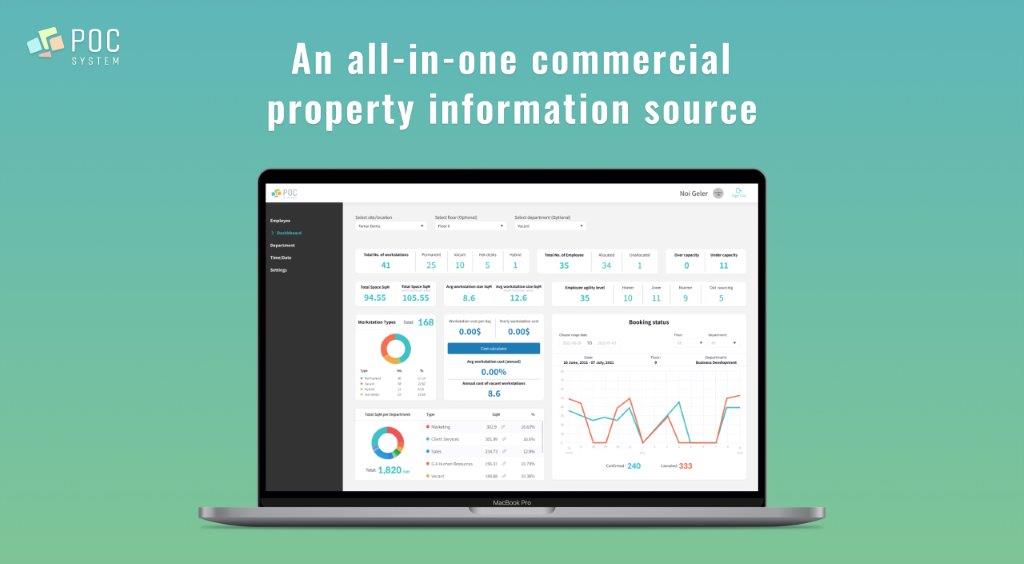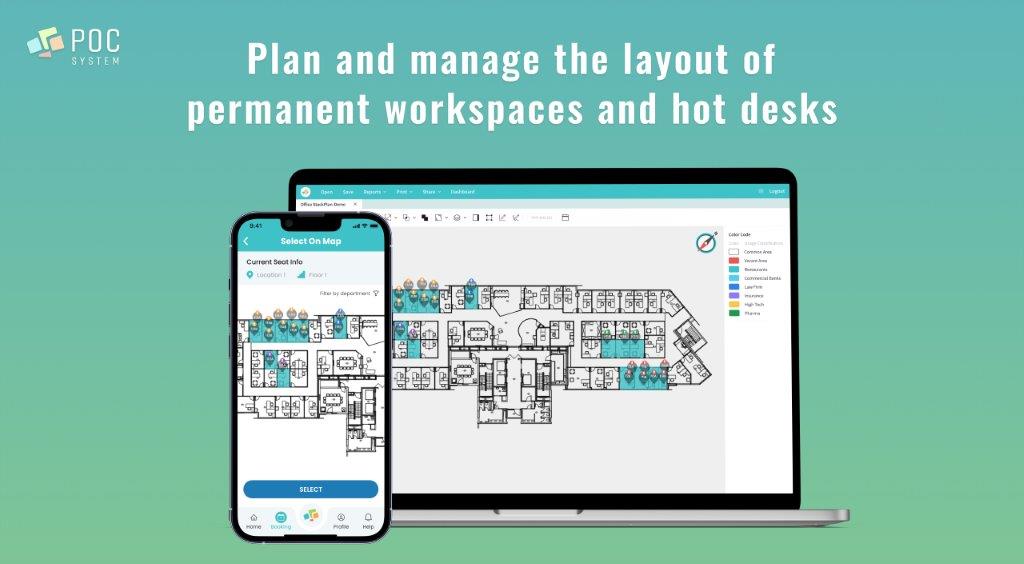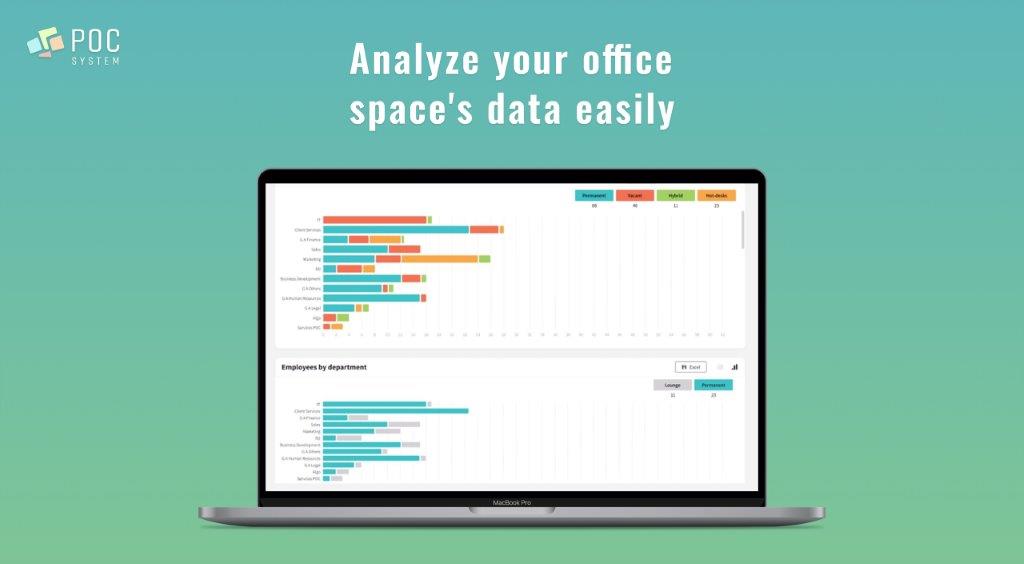Flexible Seating: Transform the Way You Work and Collaborate
Updated April 11, 2023.

The concept of flexible seating has become increasingly popular in the workplace because it allows employees more freedom of movement in the office.
Generally, flexible seating refers to seating arrangements that aren't assigned to a particular employee.
There are multiple flexible seating arrangements you can choose from, such as hot desking vs. desk hoteling. Whatever your choice, these arrangements can have powerful implications for how your business operates and how your employees collaborate, boosting the overall productivity in your office.
5 Benefits of Flexible Seating
1. Enhanced Employee Experience
Flexible seating is one of the best ways to improve employee satisfaction. By offering your employees the choice of desk or workstation on a daily basis, you can reinforce their sense of workplace autonomy and make them feel much more in control over their work tasks.
This can lead to a significant boost in employee productivity as a result of increased satisfaction, which is one of the most impactful flexible seating benefits.
■ Create a flexible workspace to boost employee happiness
2. Improved Collaboration
Flexible seating can boost teamwork by allowing your team to adjust their seating in real-time as necessary. This kind of flexibility in the office promotes a sense of togetherness, allowing each team member to contribute in a more meaningful way since they're able to rearrange their seating around their immediate work needs.
By encouraging collaboration, flexible seating can make the time your employees spend in the office more enjoyable and contribute to improving your company culture.
3. Reduced Costs
Since flexible seating doesn't rely on assigning a desk to each employee, it can allow you to either cut down the total size of the workspace or improve the utility of your existing office space. As opposed to traditional seating arrangements, flexible seating requires fewer physical resources such as office furniture, leading to reduced long-term costs.
This way, a flexible seating plan can help your business optimize its use of resources and save money in the long run while still providing a comfortable and productive work environment.
■ Wondering about your current office costs? Here's how to calculate occupancy costs
4. Breaking the Monotony
Sitting at the same desk every day can result in negative feelings of monotony in your employees, which can significantly hamper employee productivity. However, flexible seating is a way to offer them a change of scenery as often as needed.
This change can help break the monotony and improve employee morale, resulting in optimal productivity levels. What's more, it can help foster creativity and collaboration among employees, as they can easily switch up their seating arrangements depending on their tasks for the day.
5. Optimized Space Utilization
Finally, flexible seating arrangements can boost your space utilization. By helping turn static desks into dynamic workspaces, flexible seating can encourage better use of your available space. Instead of allocating a desk to each employee, you can let them move around the workstations and easily convert the desks into co-working spaces with little effort.
These practices help maximize office space utilization by allowing the same area to be used by multiple employees depending on their needs, helping you make the most of your available office space.
■ Optimize your office space with key space utilization metrics
How to Successfully Implement Flexible Seating
If you're planning on implementing flexible seating in your office and you want it to be successful, make sure to take these points into account.
Consider Employee Needs
When designing a flexible seating plan, it's important to consider the needs of all employees to ensure everyone is comfortable. Your employees' individual requirements could involve some of the following:
- Providing enough desks and comfortable chairs for everyone to move around
- Designating a space for storing personal items and documents while moving from desk to desk
- Ensuring the desks are ergonomically designed to fit everyone's physical requirements
Do a Test Run
Experience has shown it's always a good idea to do a test run before officially implementing your flexible seating plan. So, before fully committing to your plan, consider having a few employees test it out to make sure all their needs are met.
Doing this will allow you to make any necessary adjustments before everyone starts using the flexible seating plan. Additionally, make sure you regularly ask for feedback from your staff members to ensure everyone remains comfortable.
Choose Suitable Booking Software
Having a reliable desk-booking solution will significantly improve your seating arrangements, but you have to make sure to choose the right one.




- Custom seating plans for maximum employee productivity
- Real-time tracking of current seating and office layout
- Advanced insights into analytics to tailor your space according to your needs
With a tool like POC's System's Space Management Solution, you'll find a cost-effective and practical way to optimize your space and adapt it as needed. With its powerful visualization features, this solution can help you provide significantly better seating arrangements to drastically improve your employees' productivity and get better business results.
■ Create a safe and comfortable workspace for your employees
Transform Your Office With Flexible Seating
Flexible seating offers numerous benefits for your business—it's more cost-effective than traditional office arrangements, allows for better office space utilization, and can help boost employee morale.
To reap the benefits of flexible seating, you'll need proper planning and implementation. This is where automated software like POC System comes in—it can help you navigate your space and come up with effective flexible seating arrangements quickly and easily.
■ Want flexible seating in your office? Book a demo with POC to make it happen
